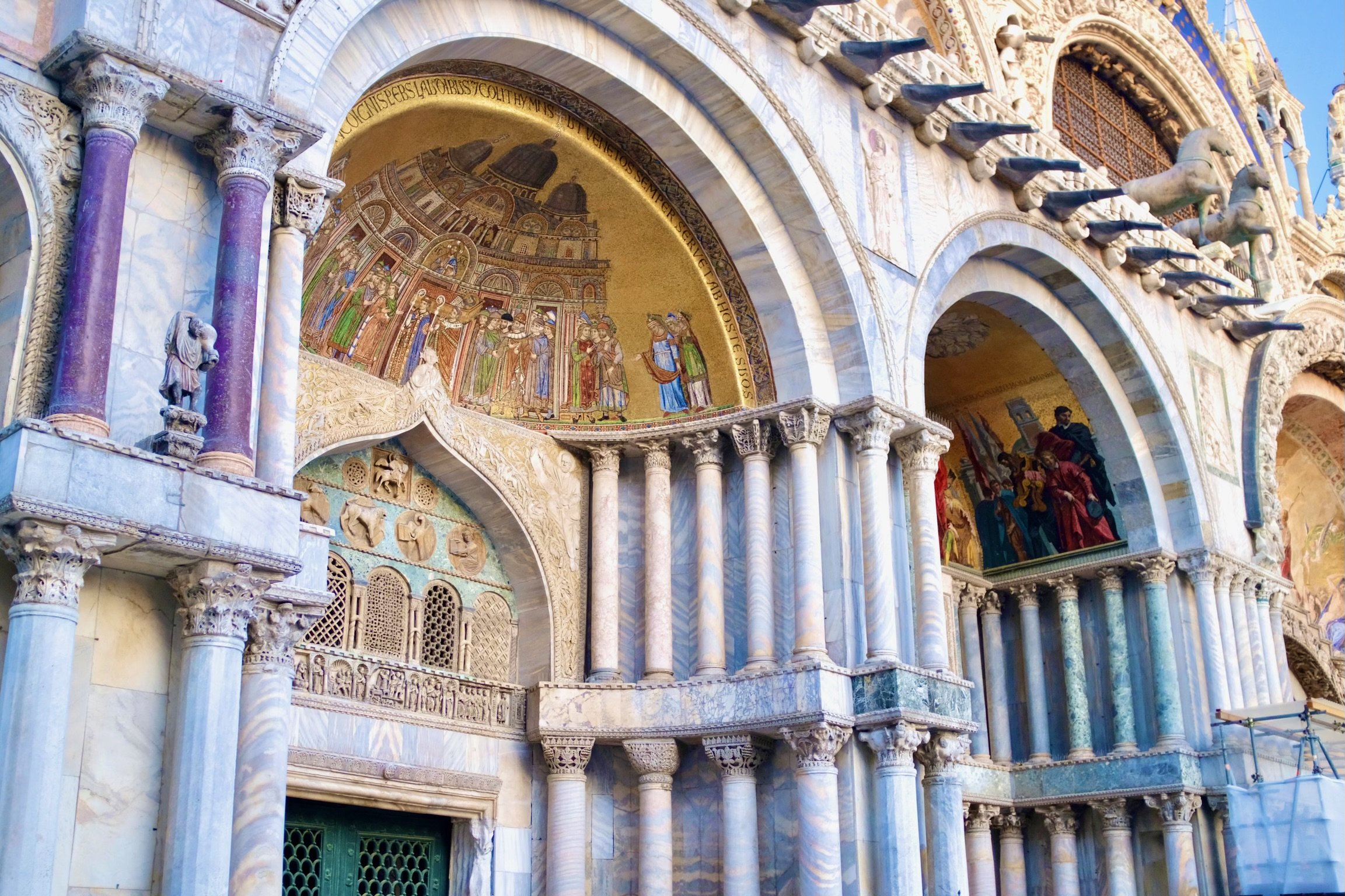Texture in Venice

Moldy wood, corroded metal, and clumpy layers of dark algae slowly climb delicate exteriors. The buildings maintain their integrity, yet their faces slowly disintegrate toward the point of becoming indistinguishable. It’s hard to understand how such gentle, lapping waters have caused such gradual decay.
Texture is at the very center of Venice’s distinctive feel. Its glimmering canals reflect a diverse skyline of architectural influences from across the European and Islamic world. From cool slabs of stone nestled in shaded alleyways to ornate facades whose light ricochets across the water, Venice not only inspires but demands visitors to experience texture in a new way.
Historically, Venice was an opulent commercial hub. Its decadent past is evident in the extravagant appearance and atmosphere of iconic locations such as Saint Mark’s Basilica and Doge’s Palace. But what makes Venice texturally unique is the harsh contrast between these handcrafted, intricate facades and the natural erosion occurring at their bases, where rising sea levels have gradually deconstructed even the most resilient of materials.
Nonetheless, the city stands tall. And although destructive, the erosion makes Venice far more interesting. The diverse textures of the city — both manmade and natural — explain our enduring fascination. Venice stands as a captivating reminder of not only human resilience but also the human desire to create beauty amid adversity. As effects of climate change increasingly encroach on the island of Venice, one hopes that the same innovative spirit which inspired its creation will continue to keep it afloat.




